How does the new Puget Mobile 17″ compare to the top-end M3 Max MacBook Pro 16″ in performance for content creation?
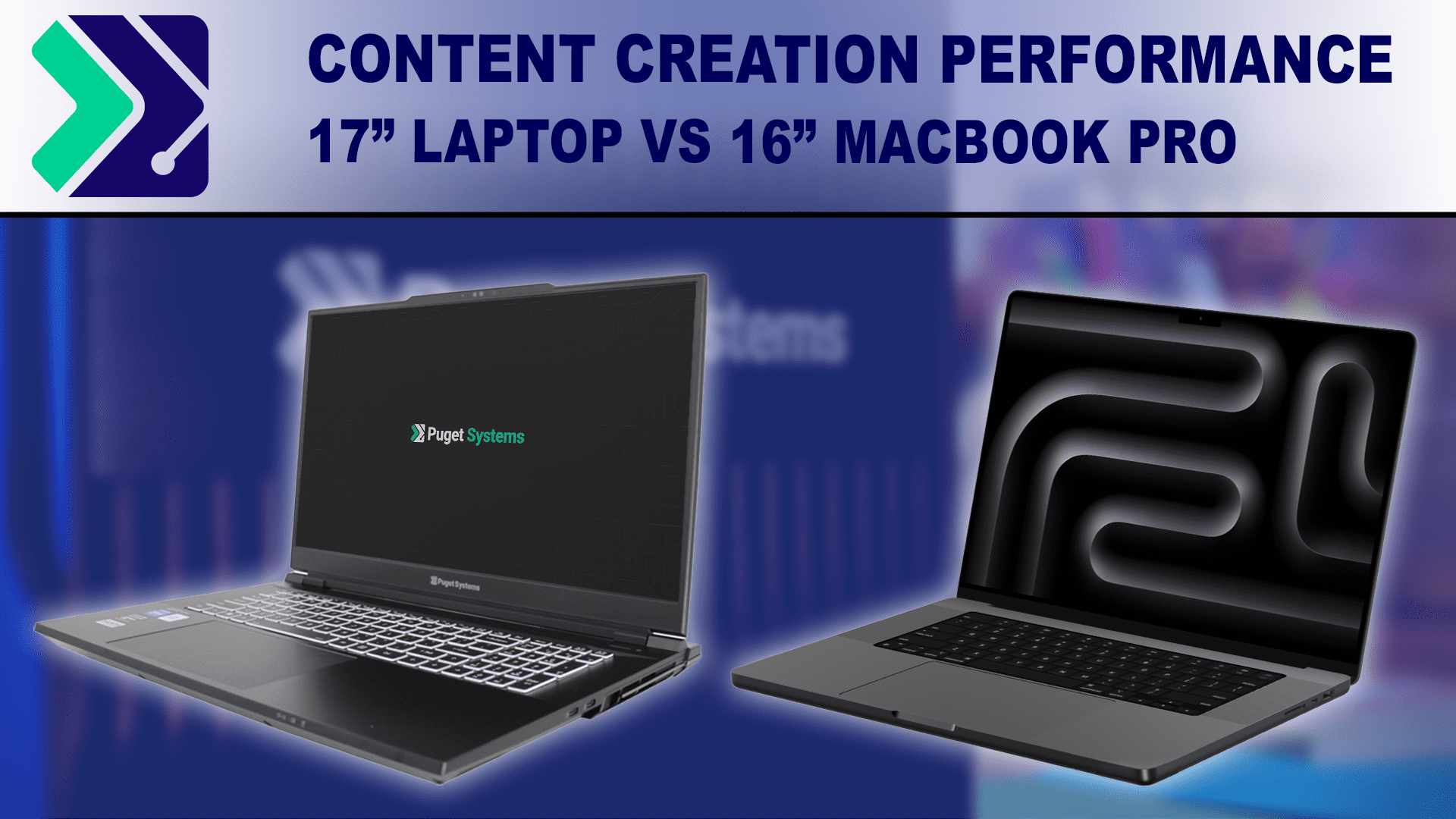

How does the new Puget Mobile 17″ compare to the top-end M3 Max MacBook Pro 16″ in performance for content creation?
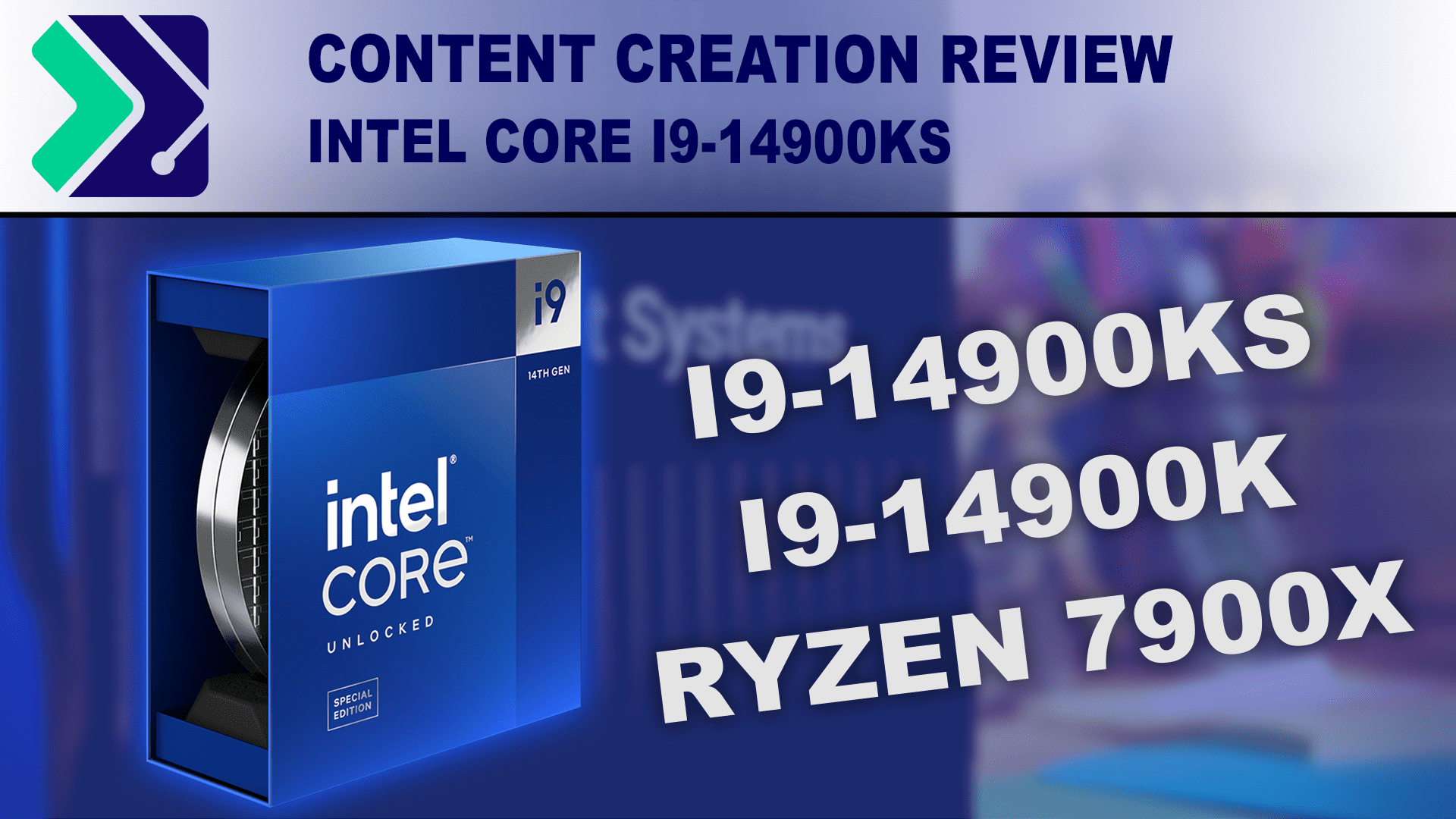
The Intel i9-14900KS is a small top-end refresh on the 14900K targeted at enthusiasts. How much performance does the higher base TDP and boost clock gain?
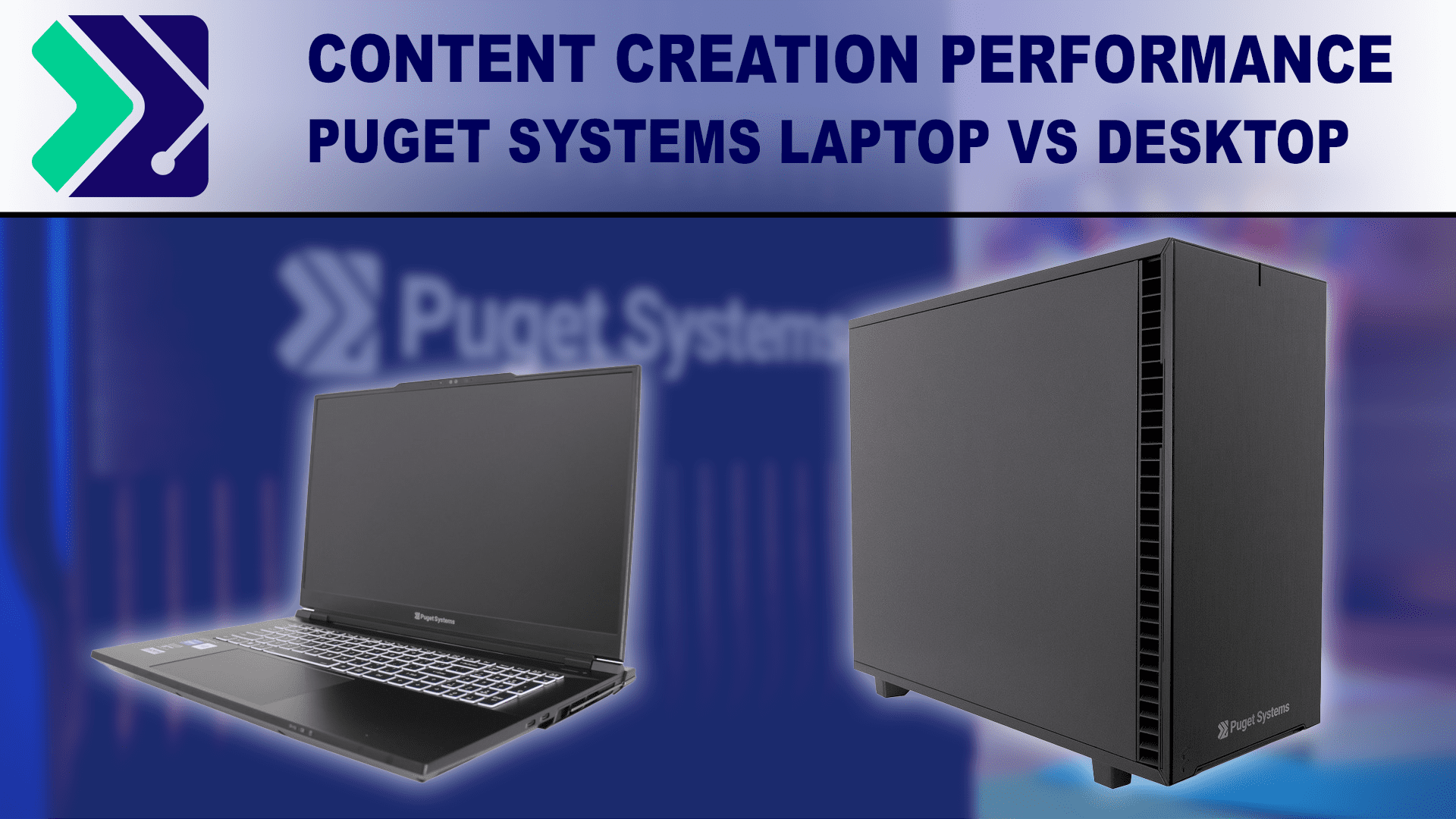
With the launch of the new Puget Systems 17″ laptop, there are a lot of performance questions we want to address. Today, we will be examining the performance of this new mobile workstation compared to a more traditional desktop.

AMD has launched their new Threadripper PRO 7000 WX-series of processors, offering substantial performance improvements across the board. But, exactly how do they compare to Intel’s Xeon W-3400 line?
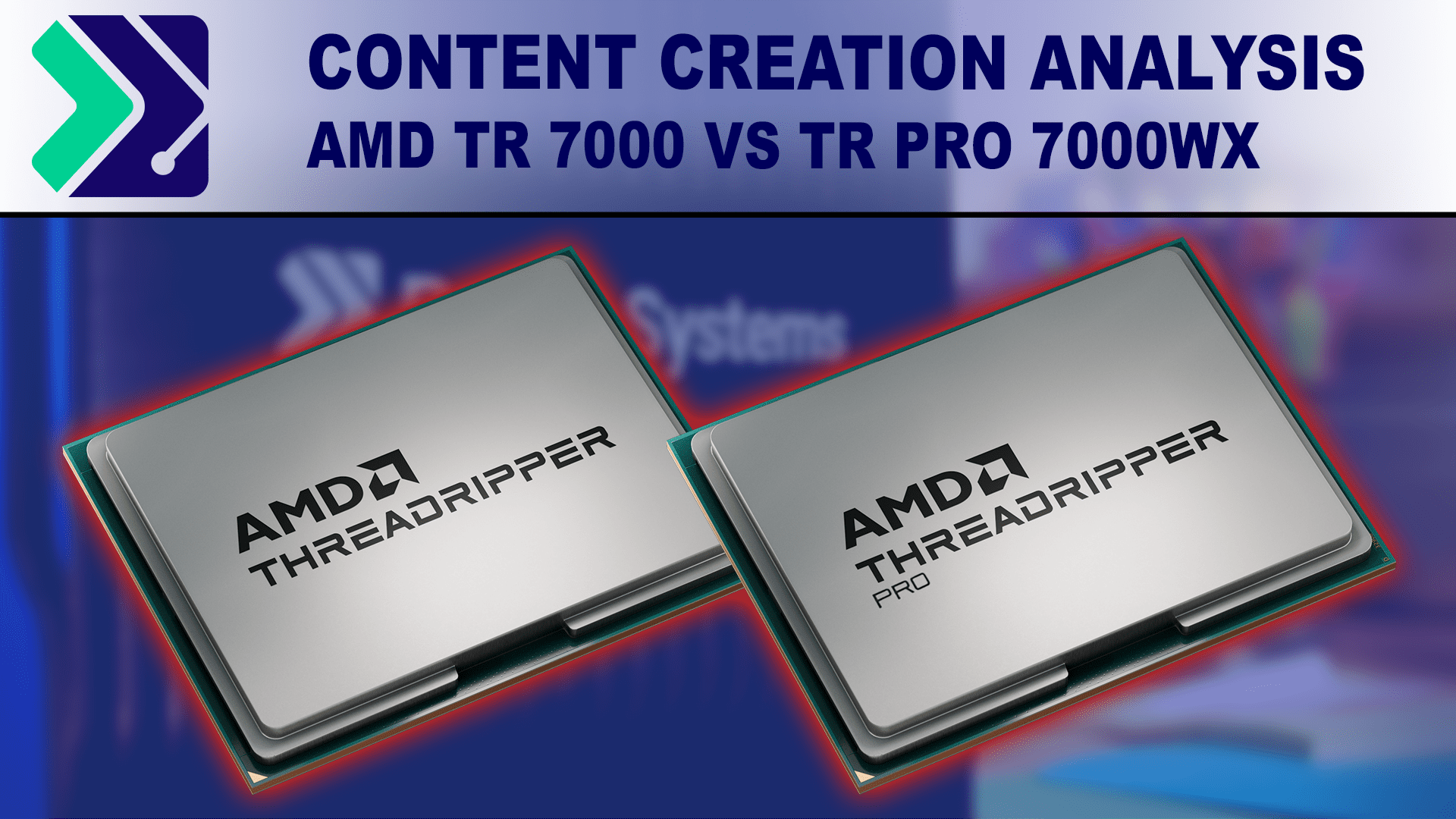
With their latest “7000” series of processors, AMD has split their high re-count CPUs into two separate product families: the AMD Threadripper 7000 Series, and the even higher tier AMD Threadripper PRO 7000 WX-Series. But when is it worth it to invest in the PRO line for different content creation workflows?
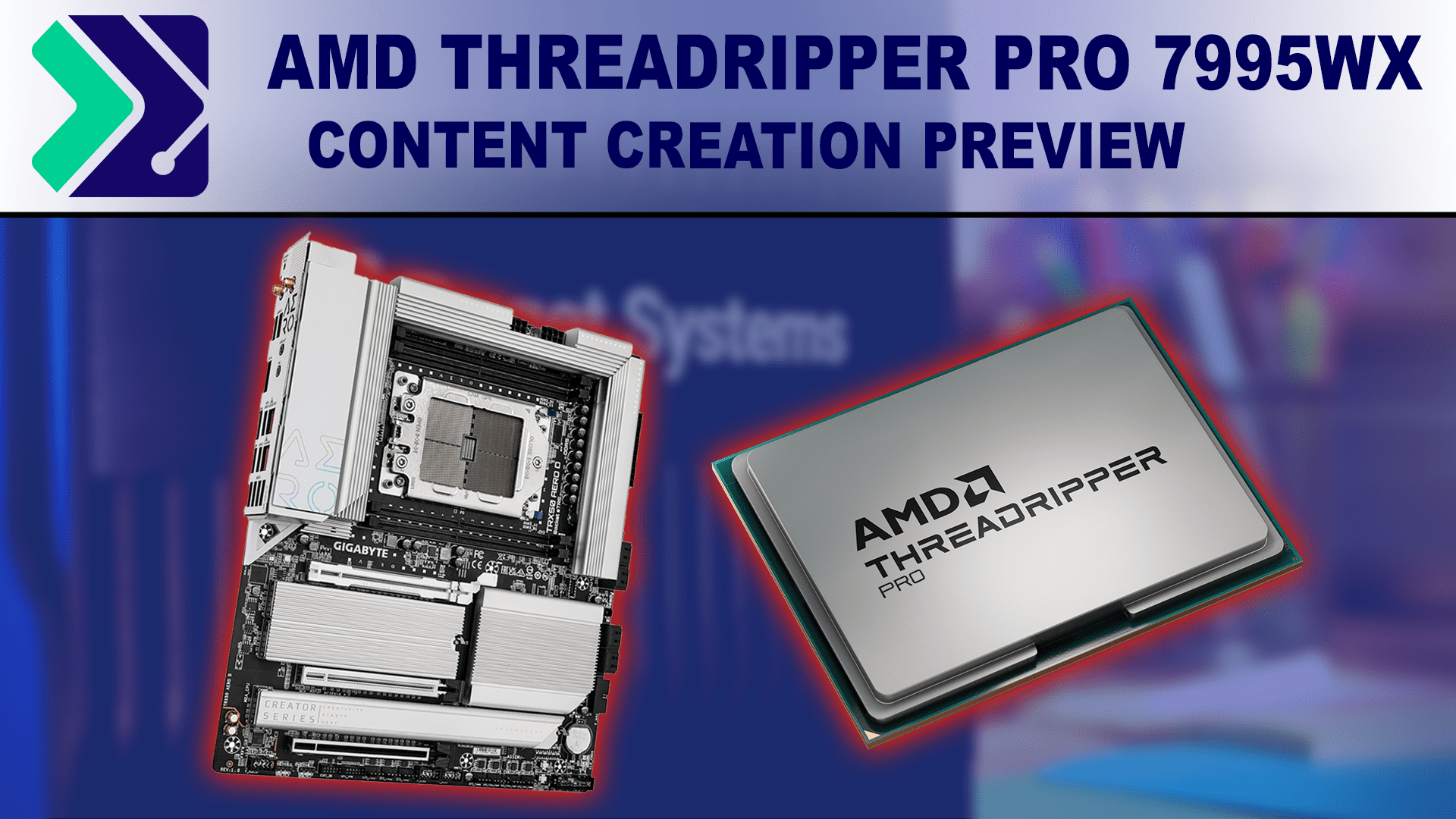
The 96-Core 7995WX is the highest core count desktop CPU on the market. How does it perform for content creation applications on the TRX50 platform?
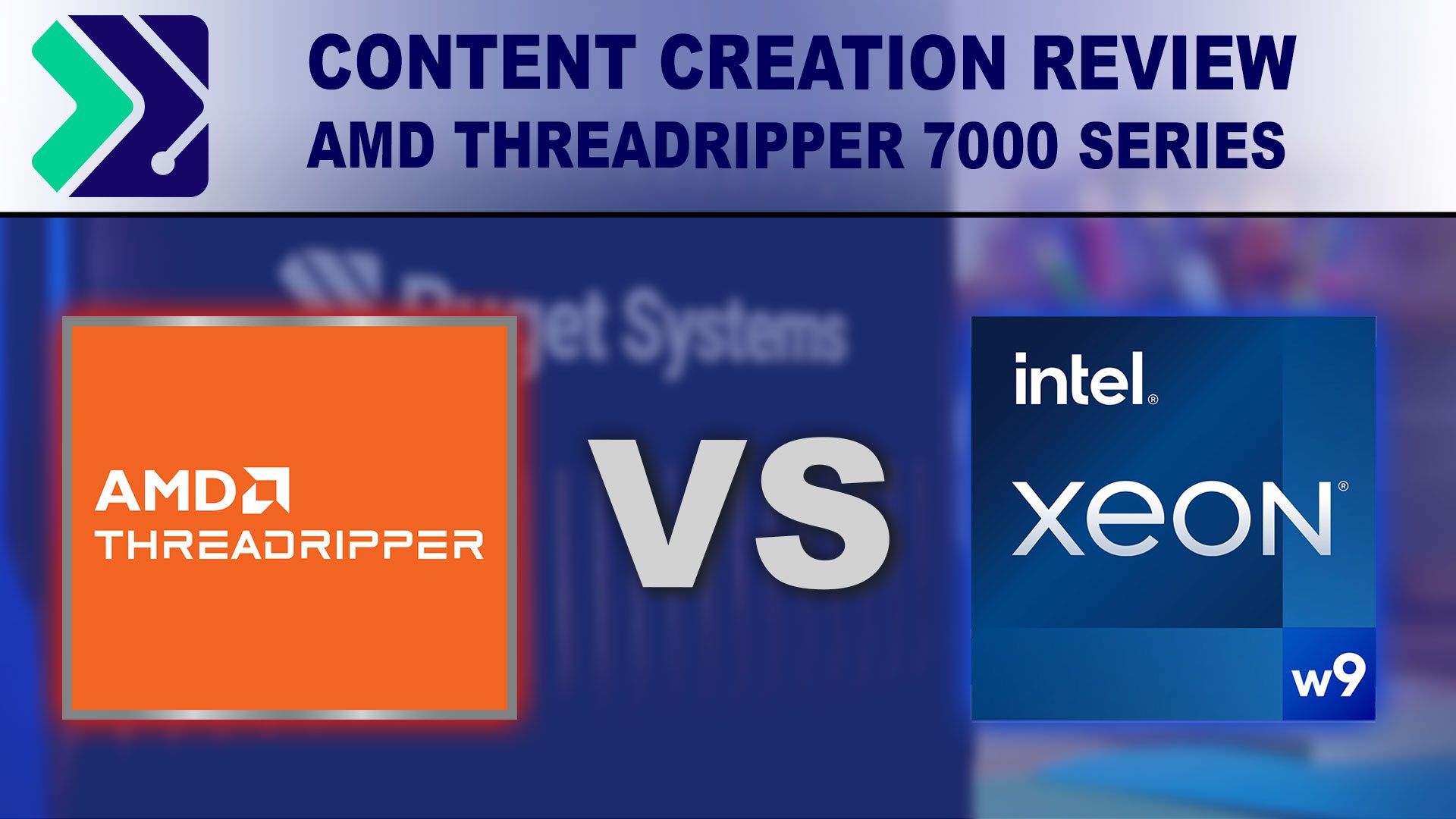
AMD has launched their new Threadripper 7000 series of processors, offering substantial performance improvements across the board. But, exactly how do they compare to Intel’s Xeon W-3400 line?
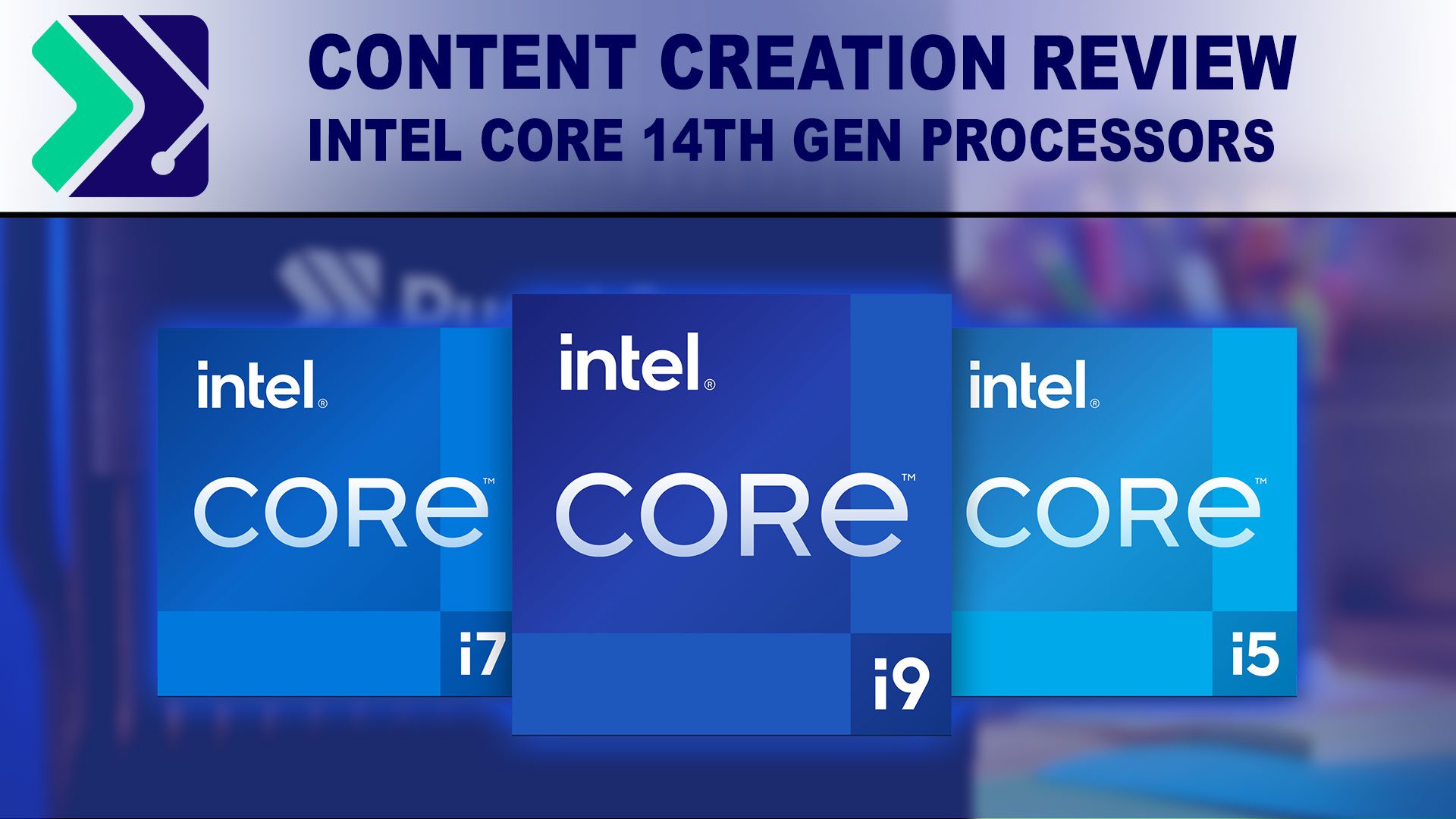
The new Intel Core 14th Gen processors are a refresh update of the previous 13th Gen processors. But, how much faster are they for content creation workflows?
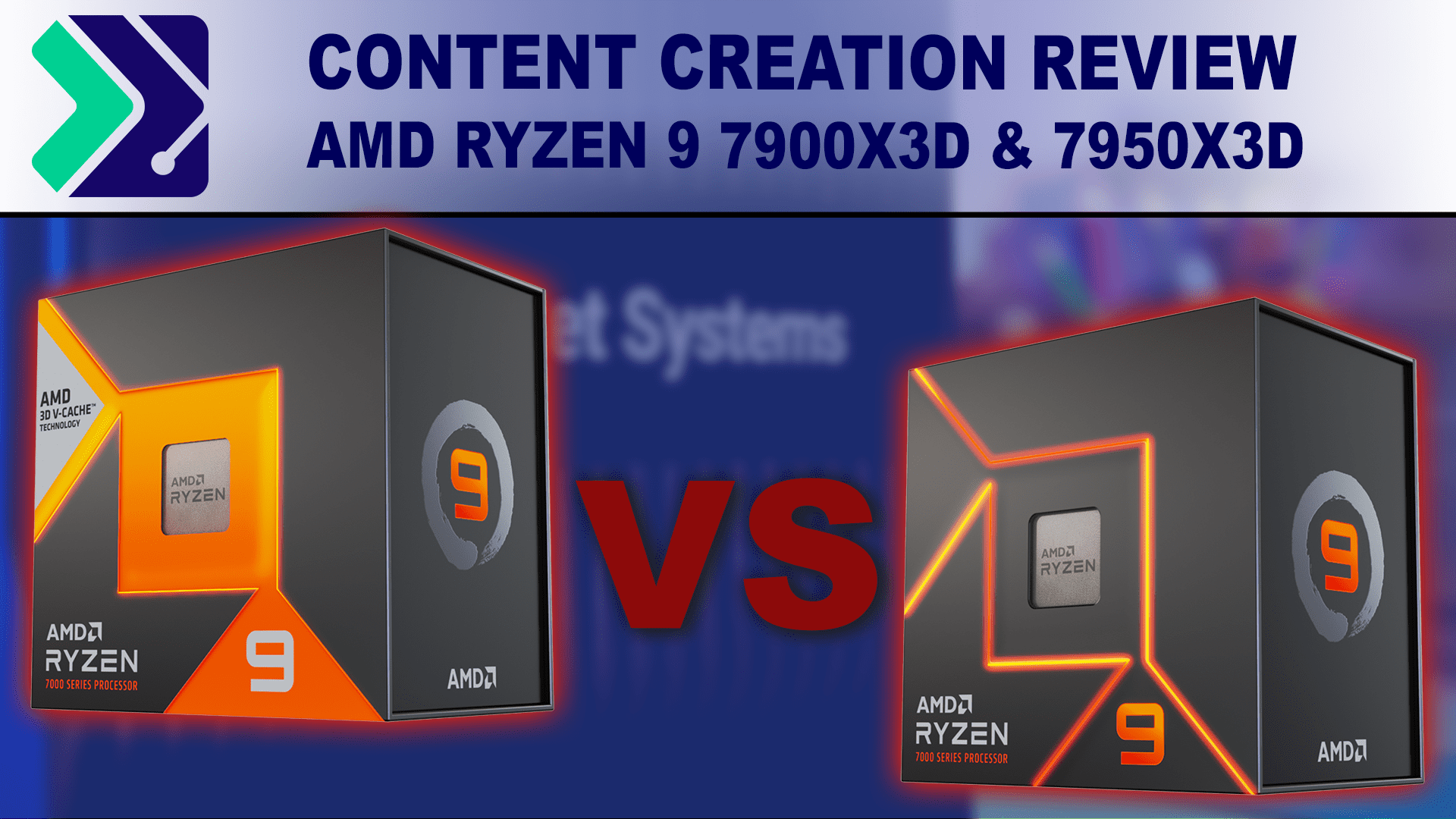
AMD’s Ryzen X3D processors promise incredible performance for gamers and creators. But does the additional cache increase performance for content creation?
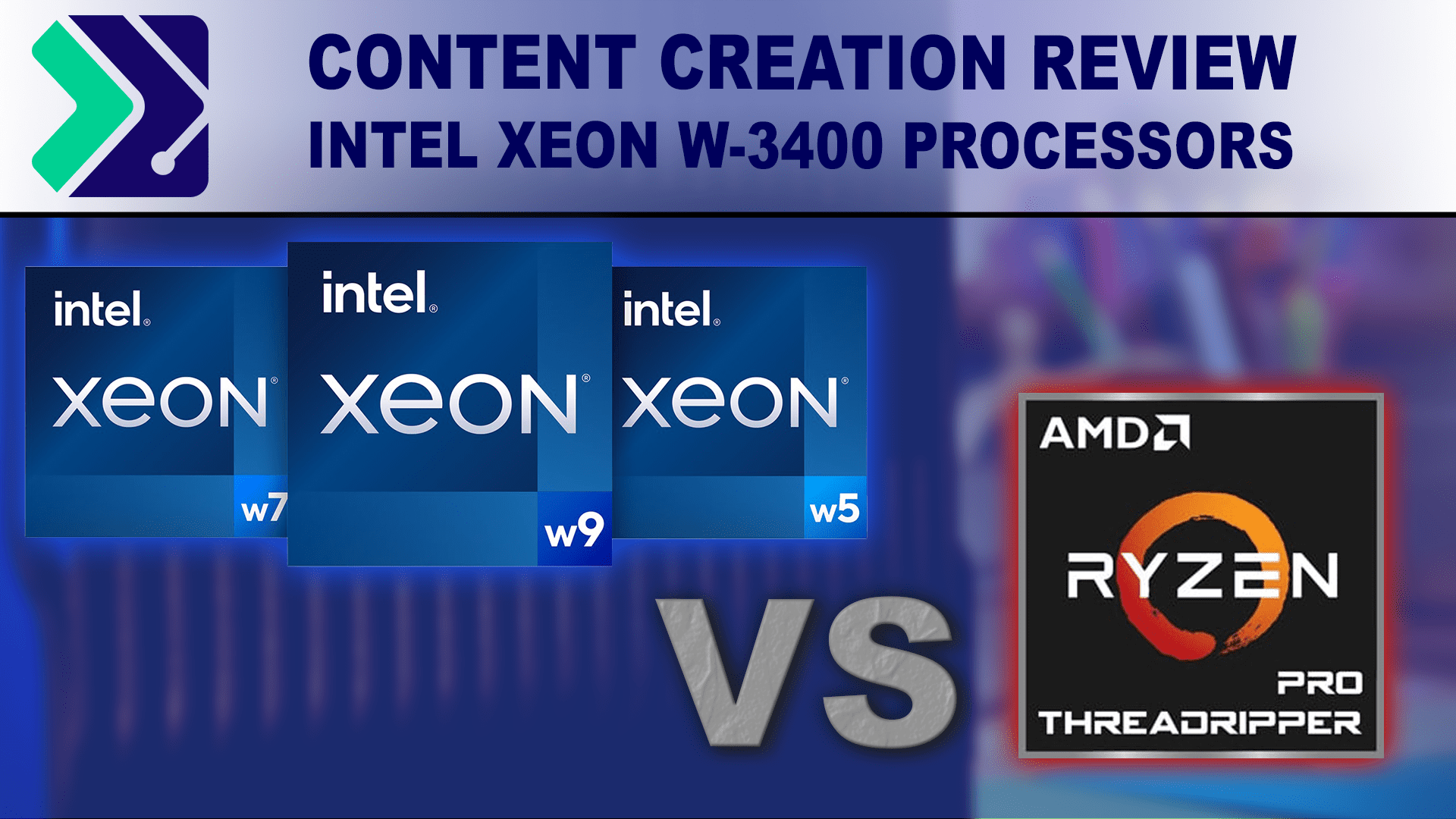
Intel has released its latest Xeon W-3400 processors, featuring up to 56 cores and eight channel DDR5 memory. Are these new processor enough for Intel to take the performance crown from AMD for content creation?